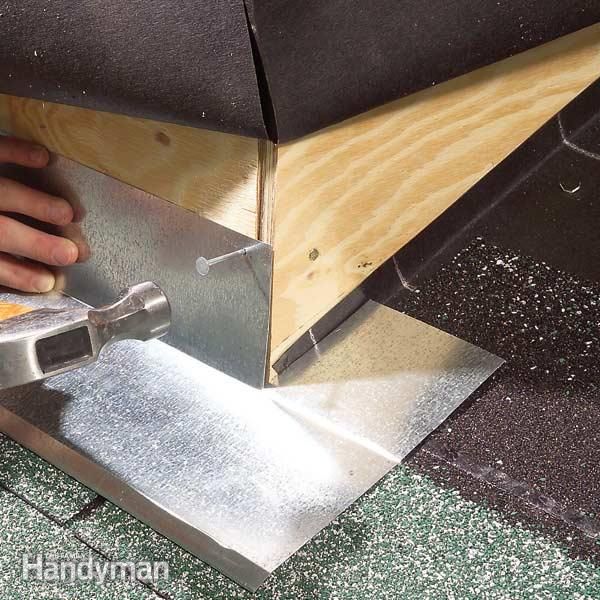The residential dormer flashing is installed under your siding and on top of your roof at the bottom of a dormer or end wall.
Dormer siding flashing.
It is manufactured from premium steel coil.
Any missing or corroded flashing or flashing that has slid down the roof beneath the.
While the gold standard for roof flashing is soldered copper the fact is that for economic reasons the vast majority of roof flashing is done with aluminum.
Just as the source of a water leak can be difficult to detect the solution to solve it is usually multi faceted.
We discuss the importance of keeping wood siding clear of the roof surface the need for flashing at the dormer side to roof intersection and the need for counter flashing at step flashing along the same roof wall intersection.
Roofing underlayment can be installed on the roof but hold it back from the roof wall joint.
Use a flashlight to ensure the flashing extends down both sides of the dormer across the back and the front.
In this article veteran remodeler mike guertin shows how to flash a dormer with bombproof details.
This article describes mistakes at roof dormer sidewall flashing and roof dormer sidewall coverings that invite leaks rot and insect damage on buildings.
Things needed rigid foam board insulation 3 8 inch head galvanized shingle nails hammer utility knife polyethylene house wrap construction stapler house wrap tape metal flashing tin snips tape measure corner molding 8d galvanized nails primer paint or wood sealer wood siding miter saw or circular.
Lay a bead of roofing cement along the shingles just below the dormer and bed the metal base flashing into it.
In this case an uninsulated dormer made it easy for moisture to seep inside.
Here s an example of proper installation of dormer trim siding and flashing installed by crown builders siding and windows inc.
Underlayment and peel and stick should go higher than the step flashing for.
Ideally this custom flashing will have soldered corners but if not carefully notch the metal at the dormer corners and wrap the vertical leg around the corner onto the side wall.
Angle flashing provides a layer of protection between the wall s siding or brick and the roof s sheeting preventing the water from flowing back into the wall where it can cause mold or wood rot.
Cover the connections with peel and stick membrane and then fold the synthetic underlayment up the wall also.

